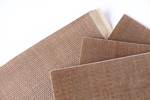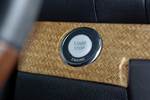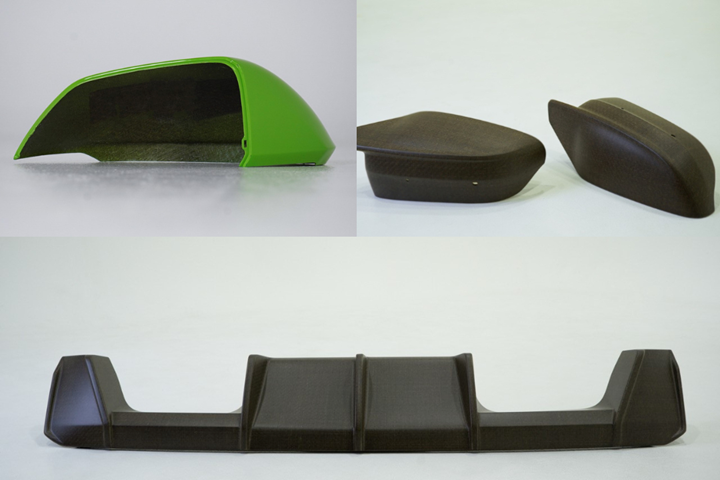Cobra Advanced Composites launches flax fiber-based visual finish components
New range of sustainable, low-density, production-ready composite components meet challenging automotive OEM standards for exterior and interior applications.
In response to strong demand from leading OEM customers, Cobra Advanced Composites (CAC, Chonburi, Thailand), the automotive business of composite products manufacturer Cobra International, has launched a range of production-ready, flax fiber-based, visual finish components. The new natural fiber composite solutions offer a sustainable option compared to traditional carbon look visual components, CAC says.
CAC has supplied automotive OEMs with lightweight composite components since 2006, focusing on visual carbon fiber prepreg parts and building a reputation as a global supplier to the premium car and motorcycle OEMs. With new European regulatory targets quickly approaching, manufacturers have requested CAC with developing alternative composite technologies using more sustainable materials.
CAC has used flax fiber prepregs with autoclave processing to create the new components. The low-density flax fibers, typically cultivated in Western Europe, are reported to be much less energy-intensive to produce than carbon fiber, provide good impact resistance and high vibration damping. This makes them suitable for a wide variety of parts including interior and exterior components.
The new CAC program provides OEM customers with several options to include sustainable natural fibers, with the company now offering:
- Standard visual carbon twill outer ply with flax fibre backing plies. This option maintains the classic carbon fiber look of a twill weave carbon fiber fabric, but substitutes the backing plies (often two plies) for a woven flax prepreg material.
- Visual flax twill outer ply with flax fiber backing plies. Maximizing the natural fiber content with 100% flax fiber reinforcement produces a sustainable construction.
- Body color-painted flax fiber components. CAC has produced fully painted flax fiber parts, providing a natural fiber composite option for components where a visual fiber finish is not required.
By leveraging its strengths in clear-coated carbon fiber manufacturing, and natural fiber expertise developed in other business units, CAC believes it has successfully navigated the challenges of processing flax to meet the tough automotive quality standards. Working with leading global suppliers, CAC can color the protective lacquer, epoxy resin system and even the flax fibers themselves, creating natural fiber components with a large palette of potential colors and shades.
“Developing the highest-quality flax-based visual composite solutions for our OEM customers has been challenging yet rewarding,” Michel Roeffaers, managing director commercial, CAC, says. “I am proud of the results that the team has achieved with CAC now offering a full range of natural fiber composite options that perfectly complement our traditional visual carbon fiber parts.”
Related Content
-
Infinite Composites: Type V tanks for space, hydrogen, automotive and more
After a decade of proving its linerless, weight-saving composite tanks with NASA and more than 30 aerospace companies, this CryoSphere pioneer is scaling for growth in commercial space and sustainable transportation on Earth.
-
Recycling hydrogen tanks to produce automotive structural components
Voith Composites and partners develop recycling solutions for hydrogen storage tanks and manufacturing methods to produce automotive parts from the recycled materials.
-
SMC composites progress BinC solar electric vehicles
In an interview with one of Aptera’s co-founders, CW sheds light on the inspiration behind the crowd-funded solar electric vehicle, its body in carbon (BinC) and how composite materials are playing a role in its design.
















